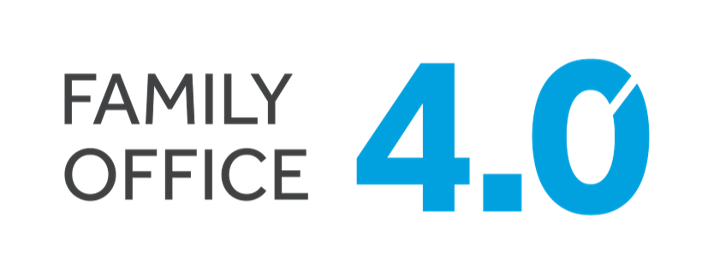To run your family office as efficiently as you run your business, know your ‘known unknowns’
How? With true transparency: actionable views of all assets and liabilities
The “Johari window,” a problem-solving model once used by the U.S. to assess the threat of a missile launch, has three “panes”:
1. Known knowns: things we should know and do
2. Known unknowns: things we should know but don’t
3. Unknown unknowns: things we can’t imagine having to know
What are the known knowns of running a family office? They likely include:
- The intricacies of your partnerships, holding companies, and other investment structures.
- The general composition of your alternatives portfolio, which might include real estate, private-equity stakes, VC investments, precious metals, art, and so on.
- Key takeaways from unstructured data like recent emails, texts, presentations, and meeting transcripts.
On the opposite end of the spectrum, what are your unknown unknowns?
Who knows?
Seriously, although it takes more to shock us today than it did a few years ago, put geopolitical turmoil, viruses, and cybersecurity threats into this bucket of “unimaginables.”
What should you know? Your “knowables.”
To grow your family office, resolve your known unknowns. Why? Because the answers will steer you to new efficiencies – for plugging leaks, spotting risks, flagging commitments, finding liquidity, and optimizing tax.
The known unknowns of running a family office typically include:
- The essentials of data: It is private and secure? Who owns it?
- Sources of leakage: In the form of hidden fees and costs.
- A total picture of wealth: The all-inclusive view, liquid and illiquid.
- Correlated risks: If certain investments fail, which others will likely follow?
- Imminent capital commitments: What are they and when will they come due?
- True liquidity: Because net-worth composition is always in flux.
- Tax planning: For example, how might the sale of investment affect Next Gen’s tax exposure?
- Capital gains planning: To declare capital gains, or not to declare capital gains?
- Estate planning: Strategic giving? A family-limited partnership? A generation-skipping trust?
Enter Asset Vantage: The Technology of Knowing
Back when assets were largely liquid, and family structures relatively simple, “knowing” was easy. Total wealth, liquidity, commitments, and tax were all tip-of-the-tongue stuff.
But today, with some 50% of all HNW assets allocated toward illiquid investments – a percentage expected to grow year to year – a total picture of family wealth requires an ever-widening lens.
Liquidity has become infinitely harder to ascertain, let alone forecast, as capital calls become more frequent and distributions more diverse. And ownerships structures grow increasingly complex as each generation adds its twist to how “family” is defined.
Add rising demands for real-time views of partnership stakes, risk exposure, tax situations, and rates of return, and this much becomes clear:
Today, “knowing” requires powerful technology.
It has it in Asset Vantage, the only easy-to-use, the transparently priced platform that creates actionable views of all assets (liquid and illiquid) by executing performance reporting inside the general ledger. And where powerful accounting, allocations, and look-through reporting simplify management of complex partnership structures.
Experience true transparency with AV. Start your AV Trial today.




